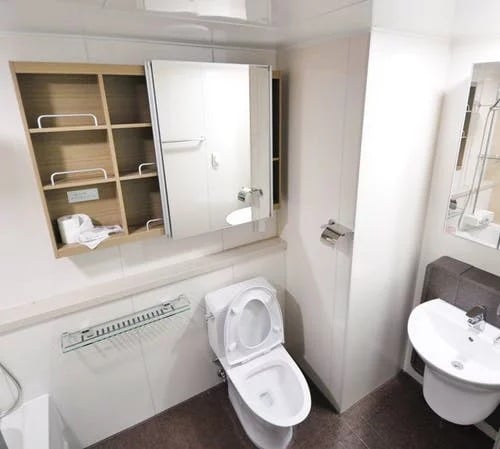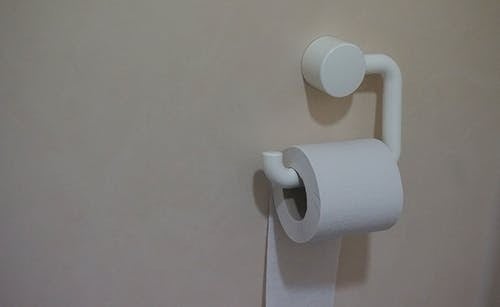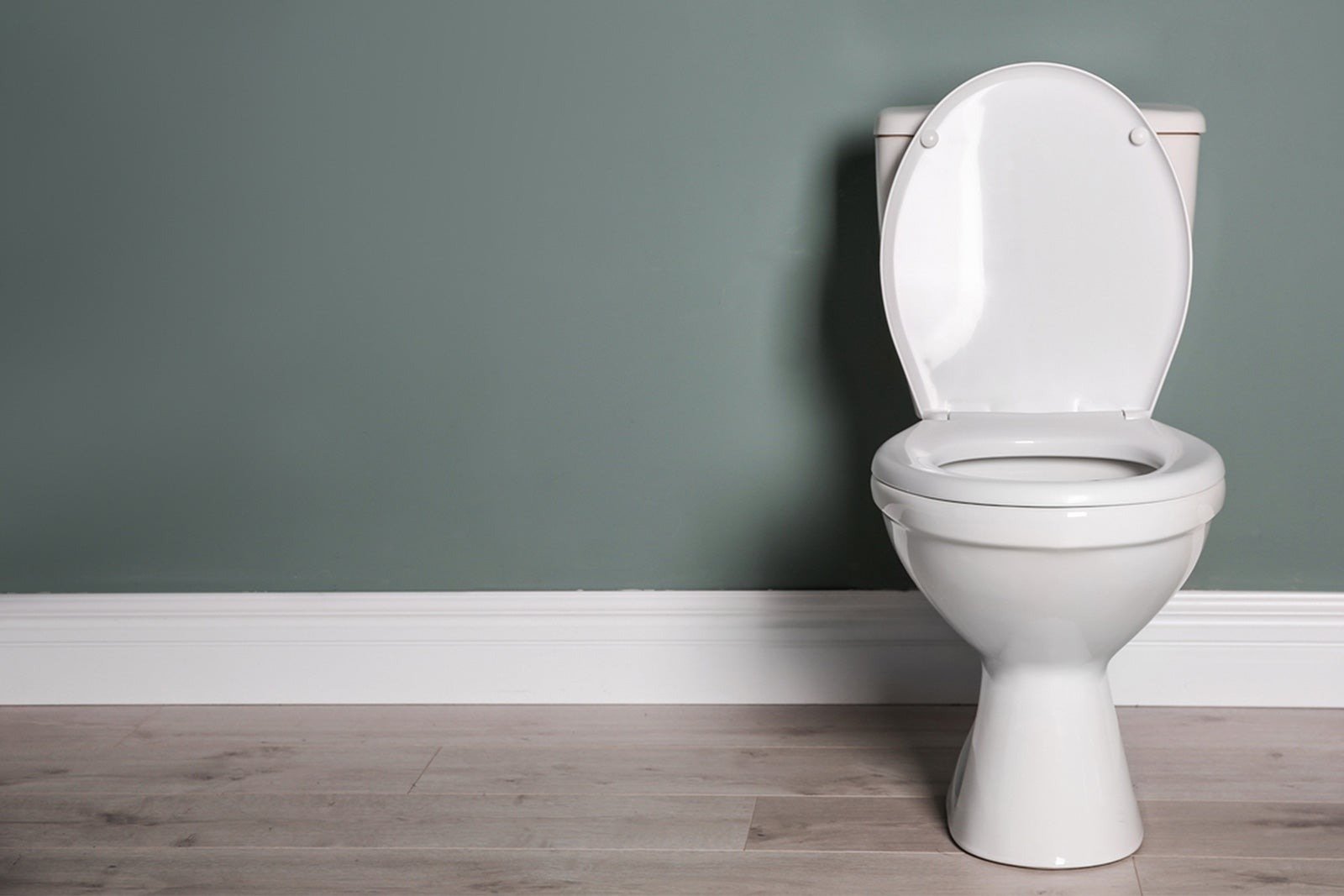Low-flow, or low-flush toilets are popular with many homeowners who like to conserve water, whether to save money or to limit their home's impact on the environment. These efficient, water saving toilets have come a long way since they were first introduced in the 1990s, with many styles available today offering better functionality and more options than in previous years.
While low-flow toilets are often more expensive to install and maintain than traditional toilet fixtures, they can also save you a significant amount of money over time.
If you are thinking about adding one or more low-flow toilets to your home, you may have some of the following questions as well.
How Do Low Flush Toilets Work?
Low-flush toilets use one of two methods to clear waste: gravity or pressure-assistance.
Gravity-driven toilets clear waste when the flapper in the toilet tank moves and water is released. Water flows down from the tank into the bowl, flushing its contents, while gravity carries the waste down into and through the pipes.
Pressure-assisted toilets have a pressure tank that works like a big water balloon. Water fills the toilet tank and is held there under pressure. When the flush valve opens, pressure and gravity combine for a powerful flush.
How Much Water Does a Low-flow Toilet Use?
Toilets are the biggest water drain in American households according to the Environmental Protection Agency (EPA), accounting for almost 30 percent of water use in the home. Older toilets can use anywhere from 3.5 to 7 gallons of water with every flush. Consequently, many cities and counties have begun passing conservation laws requiring homeowners and landlords to install low-flow toilets.
Government plumbing standards for low-flow toilets specify that they use no more than 1.6 gallons per flush. There are also high-efficiency models that use 1.28 gallons per flush or less.
What Are Some Low-flow Toilet Problems?
Common complaints about these toilets include noise and flushing or water pressure issues.
- They rely on a pressure-assisted system that makes a distinctive "whooshing" sound which tends to be louder than a regular toilet flush.
- If they do not operate properly, they may not force waste far enough down the drain, which can lead to clogs and other plumbing system issues.
- If the water pressure in your home is not sufficient for the smooth operation of low-flow toilets, they will not eliminate waste with a single flush or work as intended.



